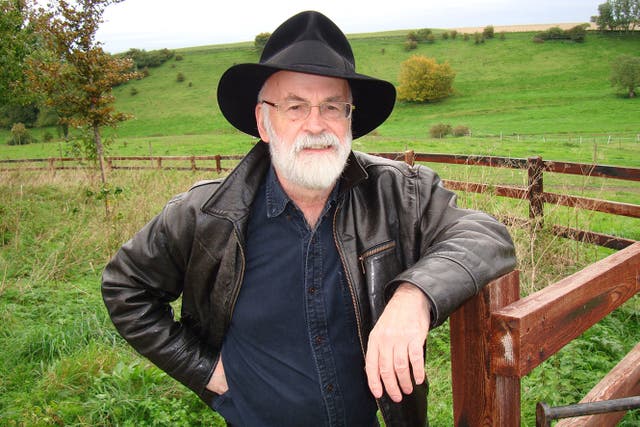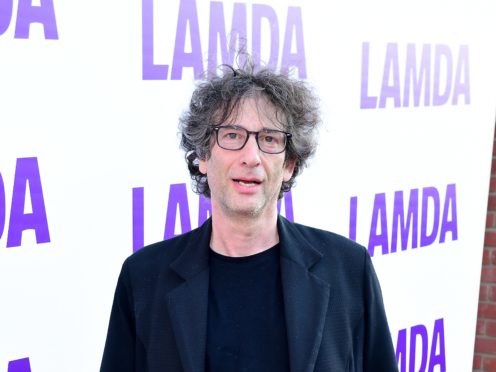Neil Gaiman has said he felt the presence of his late friend Sir Terry Pratchett while adapting their book Good Omens.
The author collaborated with Sir Terry on the 1990 comic fantasy novel, which is being brought to the screen in a new Amazon series.
Gaiman said that one of his friend’s final wishes was for the book to be adapted, and work began after his funeral.
Following Sir Terry’s death after a battle with Alzheimer’s, Gaiman was pained that he could not call his friend for advice, but still felt his fellow author’s presence.
The writer said that his greatest sadness on set, where he acted as writer and show-runner, was being unable to eat sushi with his old friend.

Speaking to Radio Times magazine, he said: “When I was writing it, it was upsetting because there were times when I would get stuck and I would want to ask Terry for advice and he wasn’t there.
“But making it, I did feel his presence.”
Gaiman said that last time he saw Sir Terry, he played the ill author lines from a radio adaptation of Good Omens.
Only this unlikely duo can stop doomsday. #GoodOmens arrives May 31 on @PrimeVideo. pic.twitter.com/g5ytJnb8EK
— Good Omens (@GoodOmensPrime) March 6, 2019
Sir Terry, who shared a deep passion for sushi with Gaiman, had planned to write a scene for them in any adaptation of their book.
Gaiman said: “The only time I remember being really sad was the scene in the sushi restaurant.
“Terry had told me he wanted me to write the scene for us in the sushi restaurant and we would be extras and we would sit and eat sushi all day on the company’s dime.
“And I wrote the scene but then couldn’t face the idea of actually sitting and eating sushi in the background without Terry. So I gave up being an extra.”

In the series, one of the lead characters, played by Michael Sheen, runs a bookshop. The scarf and fedora own by Sir Terry hang in the shop in the series.
The full interview with Gaiman can be read in Radio Times magazine, out today.
